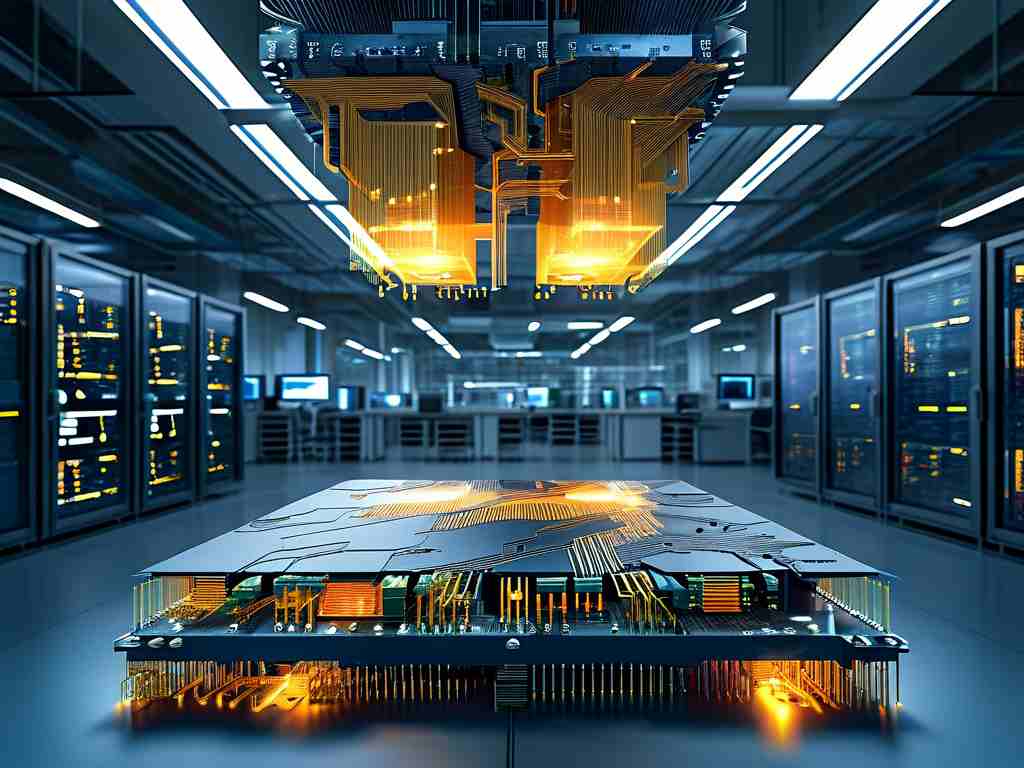In today’s rapidly evolving digital landscape, organizations are increasingly turning to distributed technology architectures to meet growing demands for scalability, reliability, and performance. This approach, which spreads computational tasks across multiple interconnected nodes, has become a cornerstone for modern systems ranging from cloud platforms to real-time financial applications. Below, we explore the key benefits of adopting this architecture and how it addresses critical challenges in technology deployment.

Enhanced Scalability
One of the most significant advantages of distributed systems is their ability to scale horizontally. Unlike traditional monolithic architectures that require costly hardware upgrades to handle increased loads, distributed systems allow organizations to add or remove nodes dynamically. For example, a cloud-based e-commerce platform can seamlessly expand server capacity during peak shopping seasons without disrupting user experiences. This elasticity ensures businesses remain agile in fluctuating demand scenarios.
Improved Fault Tolerance
Distributed architectures inherently reduce single points of failure. By decentralizing resources, these systems ensure that if one node fails, others can take over its responsibilities. A practical illustration is seen in blockchain networks: even if multiple nodes go offline, the network continues validating transactions. This redundancy is critical for industries like healthcare or finance, where system downtime could lead to severe operational or financial consequences.
Optimized Performance
Geographic distribution of nodes enables faster data processing by locating computational resources closer to end-users. Content delivery networks (CDNs) exemplify this benefit. When a user in Tokyo accesses a video hosted in New York, a CDN serves the content from a local node in Japan, minimizing latency. Additionally, parallel processing across nodes accelerates tasks like big data analytics. For instance, distributed databases such as Apache Cassandra split queries across clusters, reducing response times for complex operations.
Cost Efficiency
Distributed systems often leverage commodity hardware rather than expensive specialized servers. A startup deploying a microservices architecture on Kubernetes clusters can utilize cost-effective cloud instances while maintaining high availability. Moreover, the pay-as-you-go model of cloud providers aligns expenses with actual usage, preventing overprovisioning. Over time, these savings compound, enabling organizations to allocate resources to innovation rather than infrastructure.
Flexibility and Technology Agnosticism
Distributed architectures support heterogeneous environments, allowing teams to choose tools tailored to specific tasks. A fintech company might use Java for transaction processing and Python for machine learning modules within the same ecosystem. This modularity simplifies updates and reduces vendor lock-in risks. Furthermore, hybrid deployments—combining on-premises servers with cloud resources—offer compliance and performance customization for industries with strict data governance requirements.
Real-World Applications
Leading tech giants have validated the effectiveness of distributed systems. Netflix, for example, relies on AWS’s global infrastructure to stream content to over 200 million users. Its distributed architecture automatically reroutes traffic during regional outages, ensuring uninterrupted service. Similarly, Uber uses a combination of geodistributed databases and real-time processing to coordinate millions of rides daily while maintaining low latency.
Challenges and Considerations
While the benefits are compelling, adopting distributed systems requires careful planning. Network latency, data consistency, and security complexities demand robust design. Implementing protocols like the Raft consensus algorithm helps maintain data integrity across nodes. Organizations must also invest in monitoring tools like Prometheus or Grafana to track system health and preempt failures.
In , distributed technology architectures offer transformative advantages for businesses navigating the complexities of modern IT environments. From scalability and fault tolerance to cost savings and flexibility, these systems empower organizations to build resilient, high-performance solutions. As technologies like edge computing and 5G networks mature, the role of distributed architectures will only grow, cementing their status as a foundational element of digital innovation.









